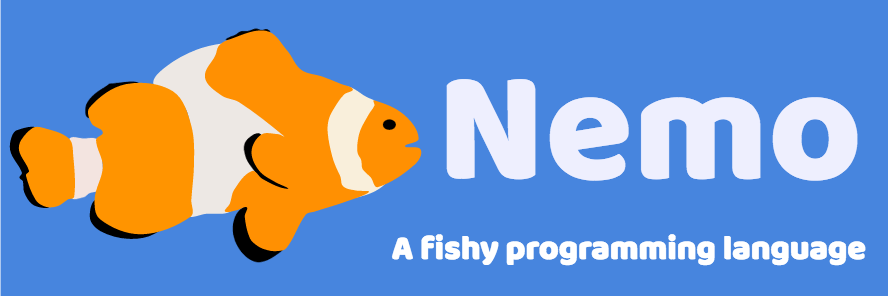fish by -stache-
Warning! nemo is in pre-pre-alpha, everything may change at a moment's notice or stop working at all. You can build nemo with cargo:
$ git clone https://github.com/nemo-lang/nemo
$ cd nemo
$ rustup override set nightly # nemo requires nightly Rust to build
$ cargo buildYou can start the REPL by either passing no arguments or the --repl flag to nemo:
$ ./target/debug/nemo # --repl is optionalYou can run a file by passing its name as an argument:
$ ./target/debug/nemo example.nemoSee the examples directory for some example nemo programs.
nemo is UNLICENSED.

